Harmony OS 开发入门 第四章
本章我们来讲述ArlUI 中的线性布局
目录
线性布局
排布主方向上的对齐方式(主轴)
交叉轴对齐方式
自适应伸缩
线性布局
线性布局(LinearLayout)通过线性容器Column和Row创建
Column 容器:子元素 垂直排列
Row 容器:子元素 水平排列

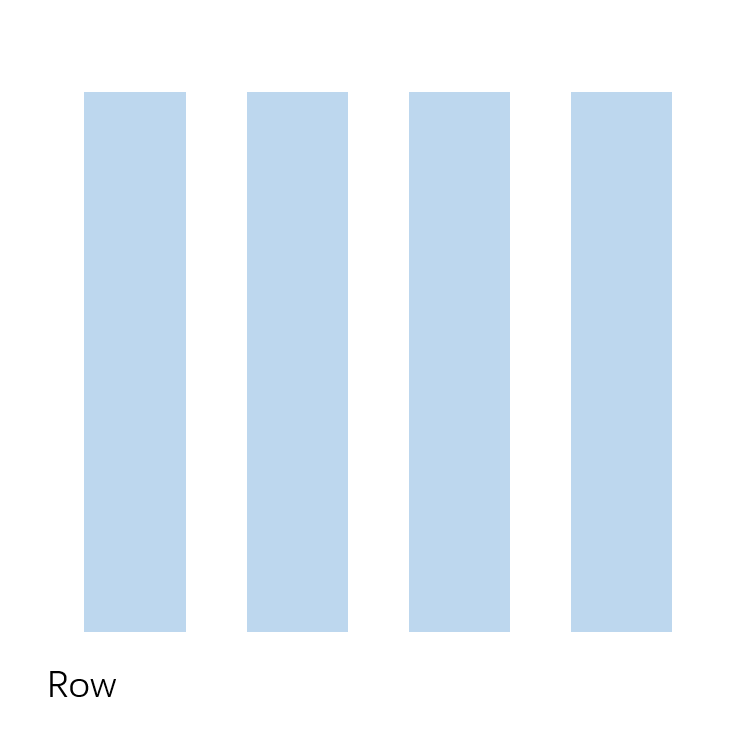
排布主方向上的对齐方式(主轴)
.justifyContent(枚举FlexAlign)
FlexAlign 可选值:
1.Start
子组件从主轴起点开始排列(默认值)。
若主轴方向为 row,则从左到右;若为 column,则从上到下。
2.Center
子组件在主轴上居中对齐。
3.End
子组件向主轴终点对齐。
若主轴为 row,则从右到左;若为 column,则从下到上。
4.SpaceBetween
子组件均匀分布,首个组件在起点,末尾组件在终点,中间组件间距相等。
5.SpaceAround
子组件均匀分布,每个组件两侧的间距相等(视觉效果为左右间距是中间间距的一半)。
6.SpaceEvenly
子组件完全均匀分布,包括两端与容器之间的间距也等于组件间间距。
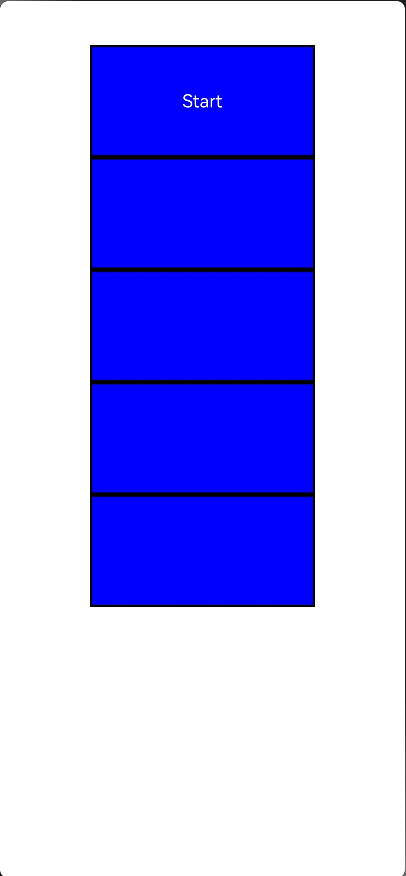
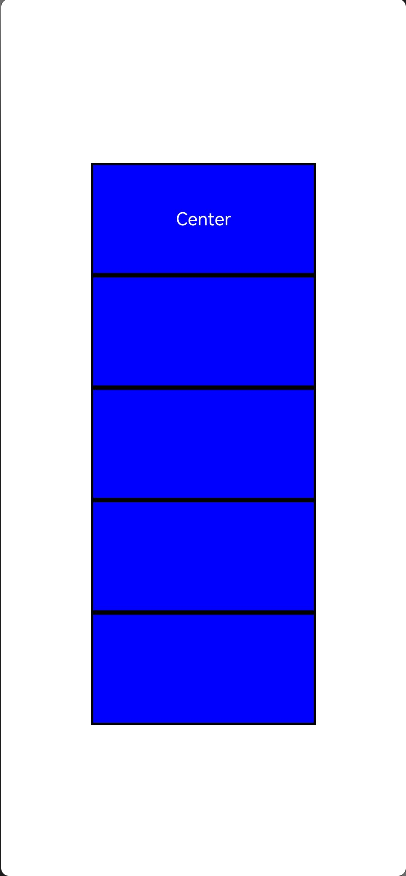
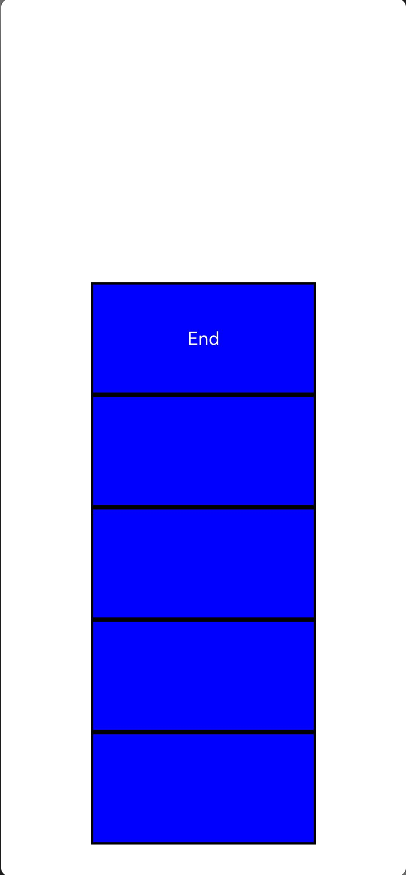
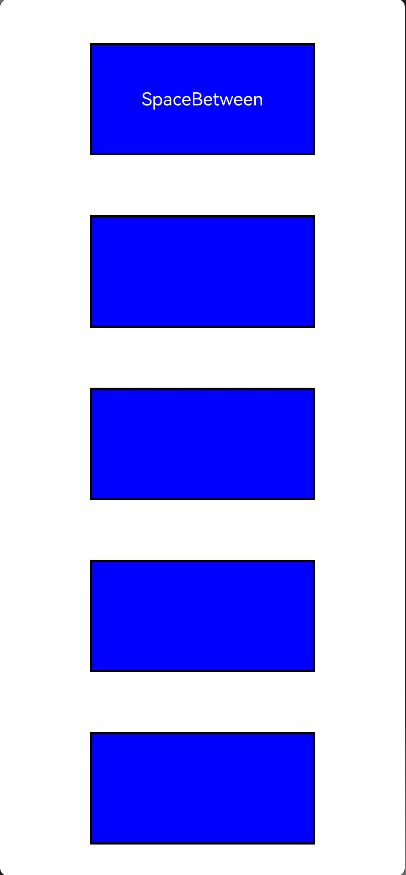

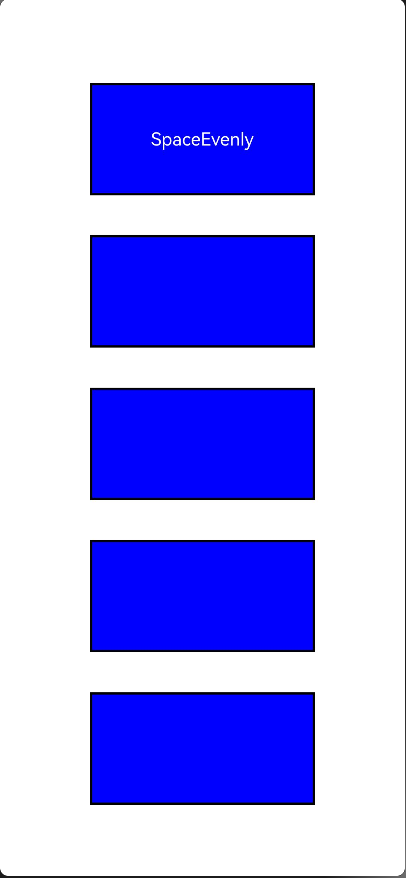
练习

代码如下:
@Entry
@Component
struct Index {build() {Column(){Row(){Image($r("app.media.ic_arrow_left")).width(21)Text('个人中心')Image($r("app.media.ic_gallery_photoedit_more")).width(24)}.justifyContent(FlexAlign.SpaceBetween).width('100%').height(40).backgroundColor(Color.White).padding({left:10,right:10})}.width('100%').height('100%').backgroundColor('#ccc')}
}交叉轴对齐方式
属性:alignItems()
参数:枚举类型
交叉轴在水平方向:HorizontalAlign
交叉轴在垂直方向:VerticalAlign
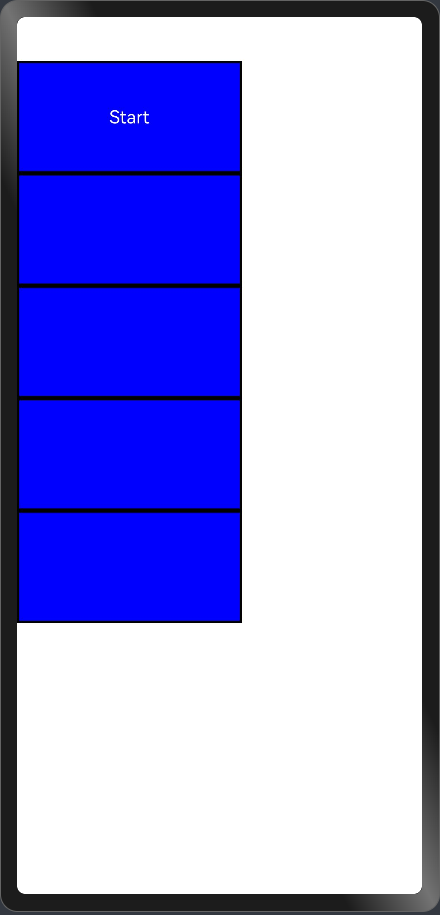
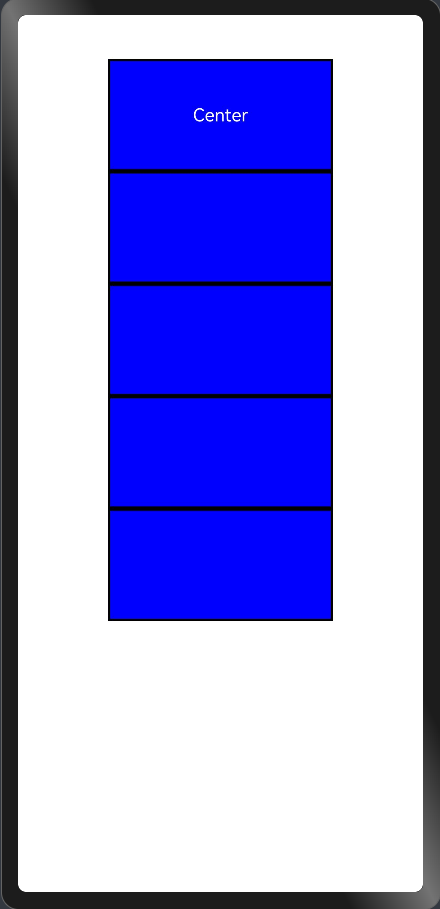
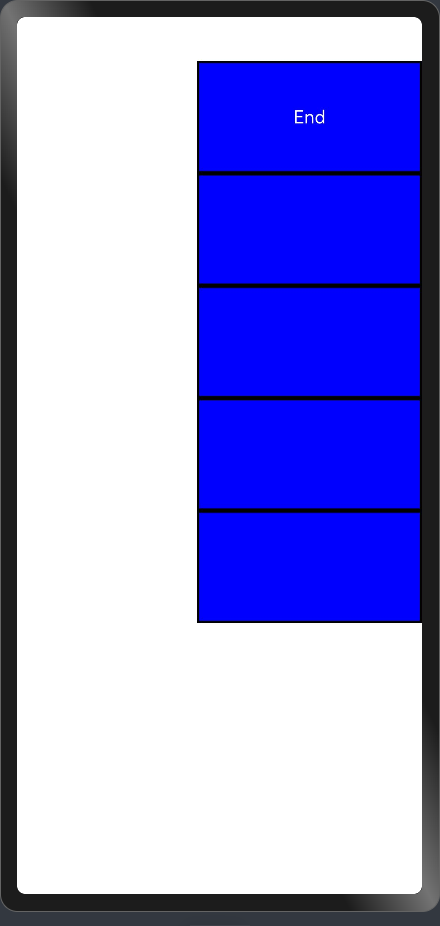
自适应伸缩
设置 layoutWeight 属性的 子元素 与 兄弟元素,会 按照权重 进行分配 主轴 空间(剩余空间)
.layoutWeight(数字)
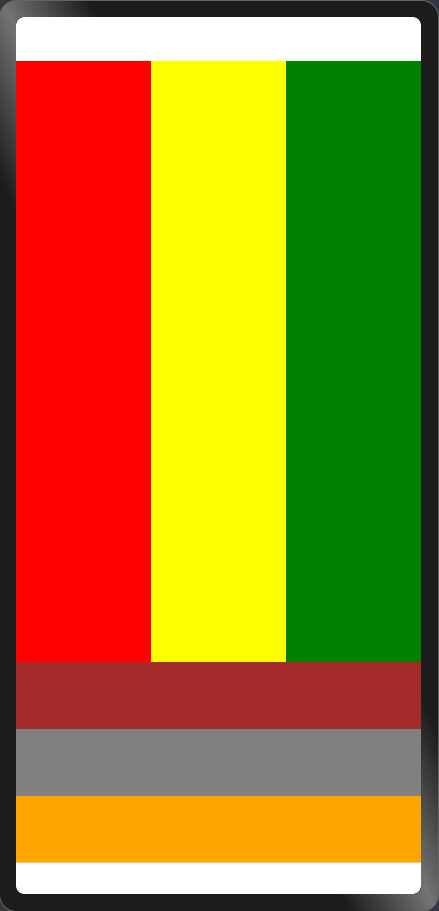
@Entry
@Component
struct Index {build() {Column(){Row(){Text().layoutWeight(1).height('100%').backgroundColor(Color.Red)Text().layoutWeight(1).height('100%').backgroundColor(Color.Yellow)Text().layoutWeight(1).height('100%').backgroundColor(Color.Green)}.width('100%').layoutWeight(3)Column(){Text().layoutWeight(1).width('100%').backgroundColor(Color.Brown)Text().layoutWeight(1).width('100%').backgroundColor(Color.Gray)Text().layoutWeight(1).width('100%').backgroundColor(Color.Orange)}.width('100%').layoutWeight(1)}.width('100%').height('100%')}
}